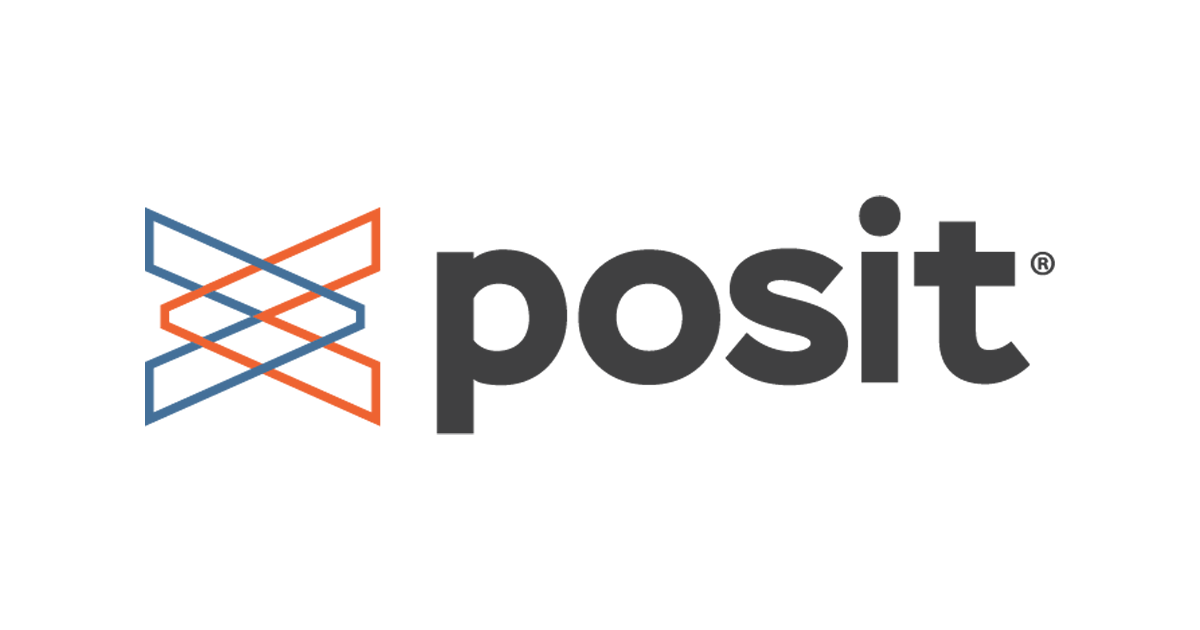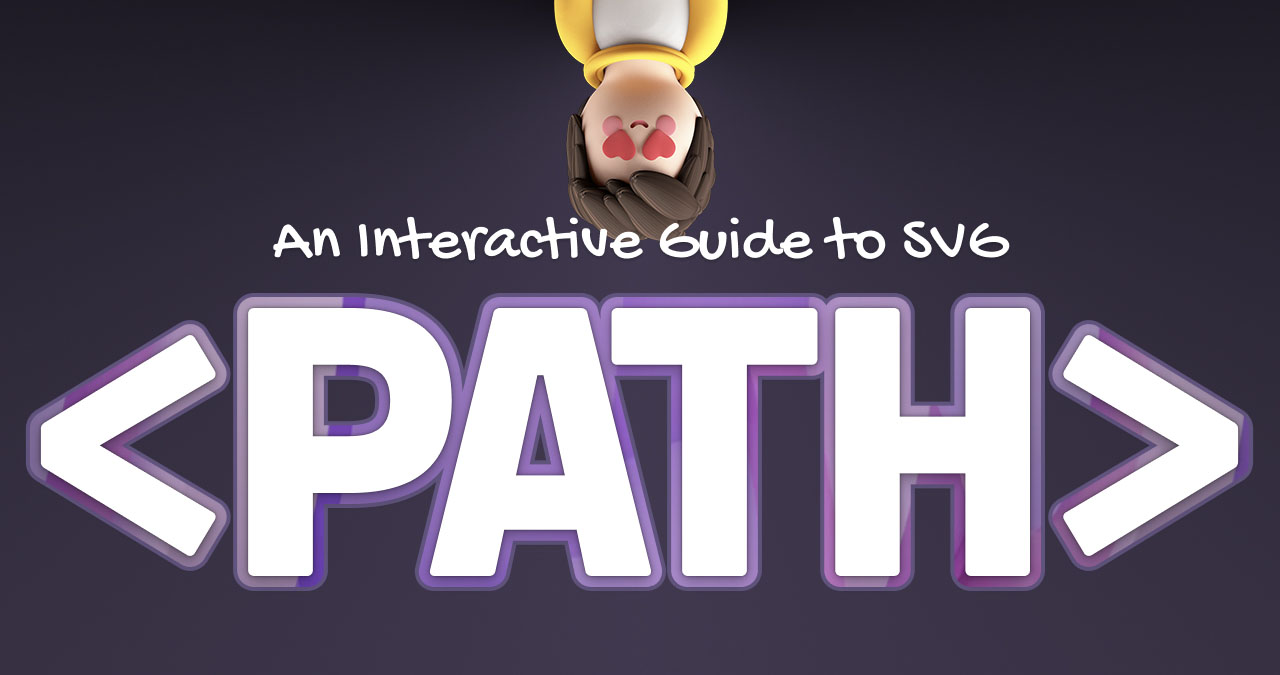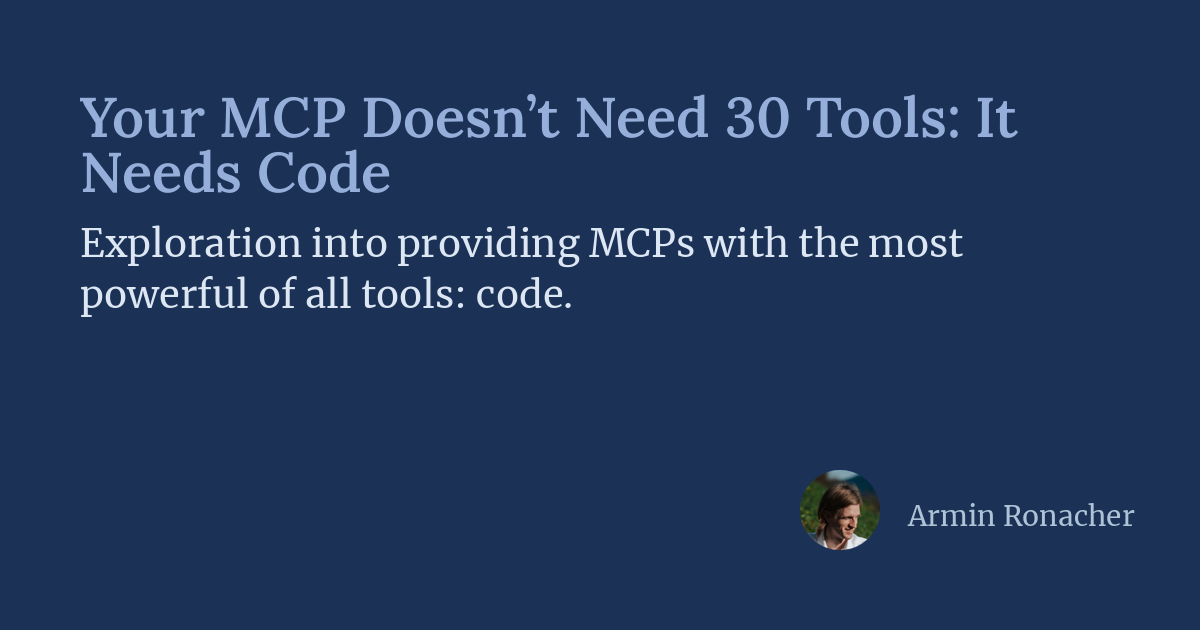Beancount Ledger Reconciliation with Vim Macros: A Hacker's Tale
A seasoned Vim user tackles the challenge of managing personal finances with Beancount, a text-based ledger system. Facing a mess of CSV and PDF bank statements and numerous uncategorized internal transfers, the author ingeniously leverages Vim macros to automate the reconciliation process. The article details the macro creation process, highlighting problem-solving and showcasing impressive Vim skills. Through creative use of Vim, the author transforms chaotic financial data into a clear and efficient Beancount ledger, dramatically improving productivity.
Read more










:quality(75)/https%3A%2F%2Fassets.lareviewofbooks.org%2Fuploads%2FMindless.jpg)






